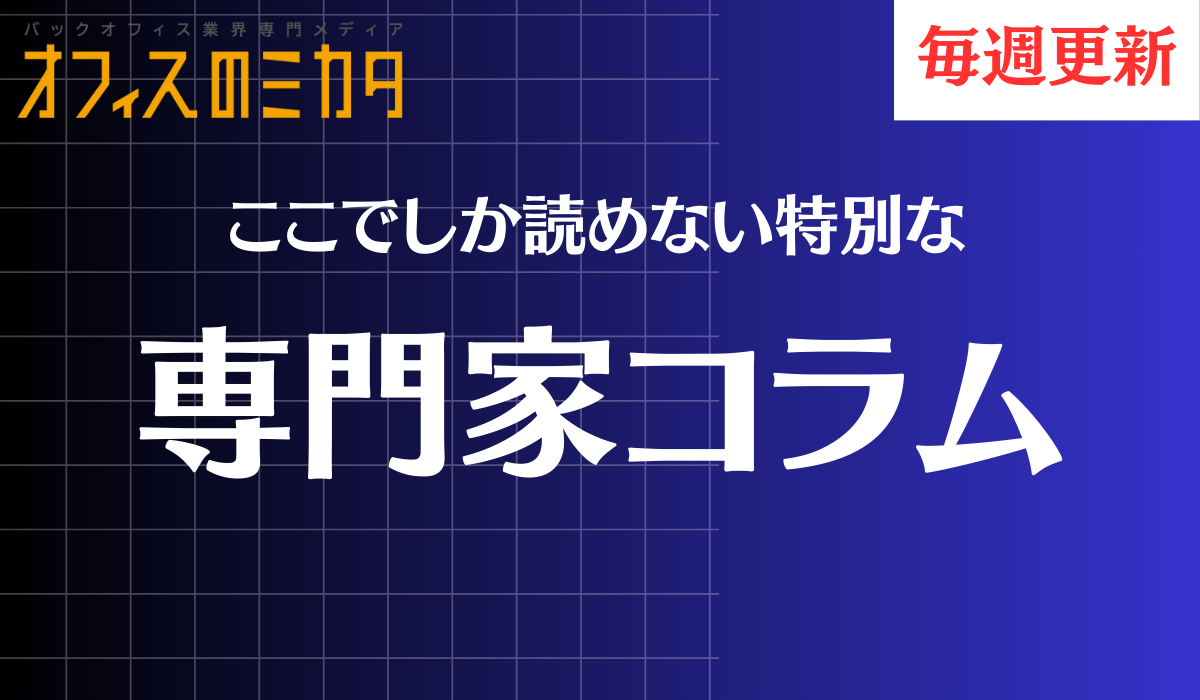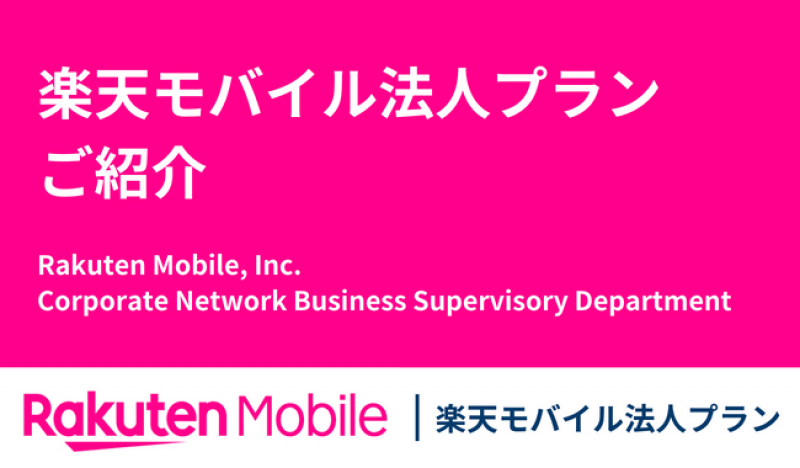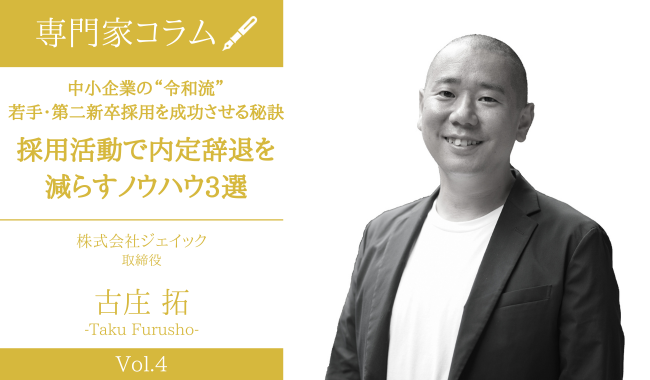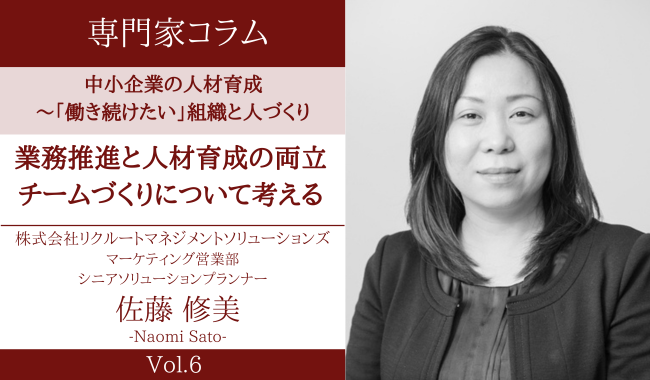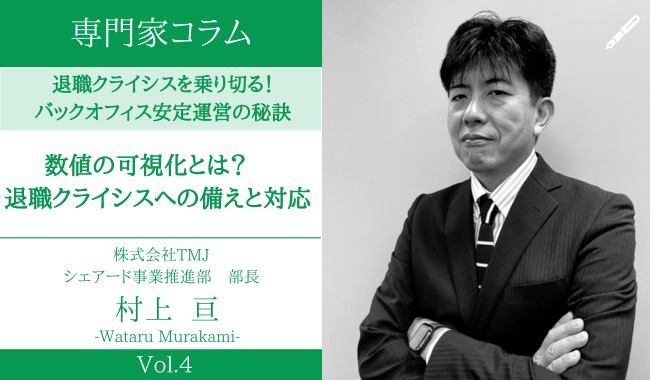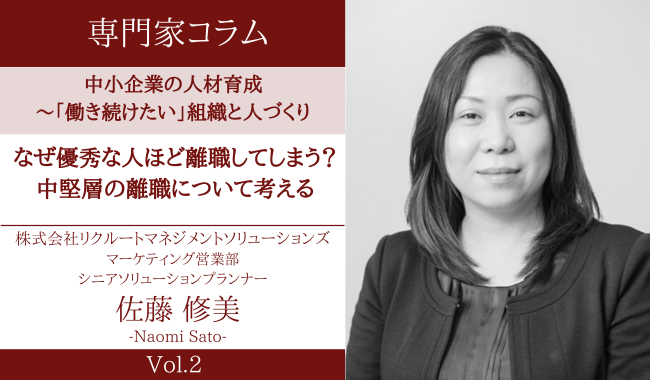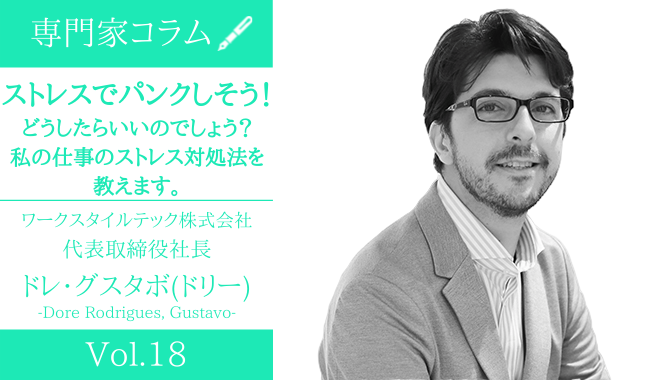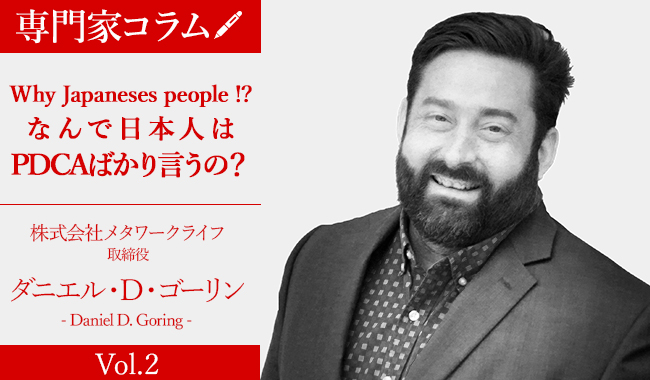マネージャーの時間の使い方とクリエイターの時間の使い方。
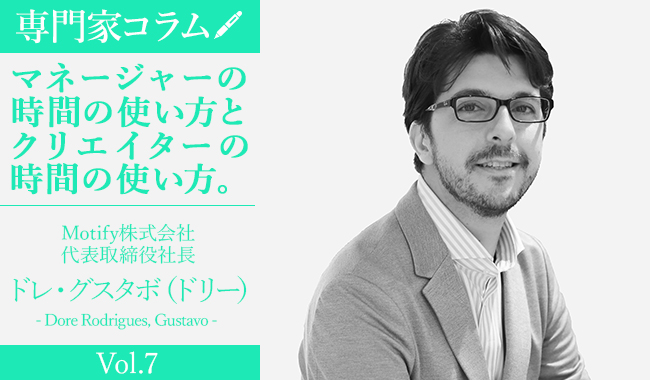
この投稿はポール・グラハムの2009年のエッセイを私なりに取り入れたものです。
私は熟練のデザイナーとして、いつもどの会議も自分の予定や集中力を台無しにしてしまう状況に苛立っていました。数年間仕事をして、私が最高の仕事をする時はそれぞれのタスクに3時間から4時間の別々の時間枠を設けていることが多いと気づきました。これは集中し、草案を作り、議論し、草案を吟味し、最終版を仕上げる時間になることが多いのです。
しかし、私がソニーやリクルートのような大企業で仕事をしていた時は、仕事の途中で常に会議による中断がありました。日本では大抵、他のチームメンバーと1時間の会議をします。そんな会議が私の創造の時間に開かれていたのです。ですから、13時を過ぎて仕事を始め、14時に会議があるとすれば、15時に自分の机に戻った頃にはほとんど何もできていない状態でした。
Y Combinatorの創業者であるポール・グラハムのこのエッセイを目にするまでは、その理由がわかりませんでした。Y Combinatorはこれまでのスタートアップのアクセラレーターの中でも屈指の大手であり、AirBnb、Stripe、Dropboxを支援していることで知られています。
考え方としては、世界には二種類の労働時間があるというものです。クリエイター時間とマネージャー時間です。マネジメントの時間は事業に関する事柄を決める一方、クリエイターの時間はエンジニアやデザイナー、その他のクリエーターが通常取り組んでいる事柄を決めます。
私の最初の体験は、クリエイター時間の中でのクリエーターの仕事でした。しかし、会社の中で力を持つようになると、私はマネジメントの時間の使い方に沿うようになっていきました。力のある地位に就いているほとんどの人は、仕事をするにあたってマネジメント時間を念頭に置いています。大きな括りで時間をブロック分けする時ですら、私は毎時間か、それに近い単位でタスクを変更することになりました。
正直に書くと、どちらかと言えばビジネスパーソンになった今でも、私はクリエイター時間で仕事をし、事業計画や行動をもっと創造性をもって展開したいのです。そしてそのようにタスクをこなすためには、長く、まとまった時間が実際に必要なのです。
課題は---- どのようにすれば、クリエイティブチームの仕事の流れを乱すことなく彼らと一緒に仕事ができるのでしょうか。私は1日の始まり、真ん中、終わりに彼らの時間をもらおうとしています。ですから、私の会社の勤務時間が9時半から18時だったとしたら、私は、彼らが自分の仕事を始める前の9時半から10時半の約束をとりつけます。あるいは、昼食の直後の13時から14時、もしくは、彼らの最後の時間帯の17時から18時です。私は必ずその時間にするという約束はできませんが、そのスケジュールに合わせるよう、最善を尽くしています。私との約束を果たしても、彼らは中断なしの仕事の時間枠を3時間から4時間、確保することができるでしょう。
スクジュールにおけるこの違いの影響が最も大きいのは、実は、社外の人たちとの会議を予約する時です。マネージャー時間で動いているなら、それは単に時間枠を探して予約をするだけのことです。しかし、そうでない場合は、社外の人との会議で1日が丸潰れになるかもしれません。
ですから、マネージャー時間で動いている場合に、自分の事業の助けになってくれるかもしれない人物と会うように友達に求められたら、2つの選択肢があります---- 失礼して会議を断るか、承諾して自分の仕事を後回しにするかのどちらかです。
私は、プロジェクトマネージャー兼CEOとして、そのような会議からできる限り自分のチームを守るようにしています。多くの場合、チームのエンジニアを同席させるように要求されたとしても、私は1人で会議に行くでしょう。私はマネジメント時間で動いており、会議のために簡単に時間を割り当てることができるからです。
ポール・グラハムが私たちに教えてくれているのは、相手も二種類の労働時間の違いを理解している限り、このジレンマでそれほど苦しむ必要はないということです。クリエイター時間にいる人たちは譲歩しようとします。彼らはいくつか会議をしなければいけないことを知っているからです。また彼らは、もう一方の時間の使い方で動いている人たちに、とにかく会議による負担を理解するように求めるべきです。
WelcomeHRで働く自分のチームに対して、私は社外の会議からかなり守っています。開発チームが時には自分たちにもそれが必要であることを忘れてしまうほどです。ある日、私たちのデザイナーの1人が会議に姿を現しませんでした。私は苛立って彼に電話をしましたが、出ませんでした。40分後にようやく折り返しの電話があり、彼は要件を尋ねました。事の次第はこうでした。チームの意思伝達はほとんどがSlackを経由しているため、彼は電子メールのチェックを数ヶ月前にやめており、私の招待に気づかなかったのです。さらに、彼は何らかの大事なタスクの仕上げの「集中モード」にあったため、電話に出ませんでした。私は彼がクリエイター時間で動いていたからと言って、彼に腹を立てることはできませんでした。私にできることは、二度とこの予約をしないということだけです。
さて、自分のチームとの社内会議をどのように扱っていますか?社外の人たちとの会議は?彼らの時間の管理にも配慮していますか?彼らの行動はクリエイター時間とマネージャー時間のどちらに基づくものですか?
これを人々が理解しやすいようにする一つの方法として、この考え方の共有があります。自分のチームとこれを共有し、何らかの共通の言葉を作りましょう。他の人たちも自分の可能性を最大限に活かして仕事ができるよう、手助けしましょう。
The manager’s schedule and the maker’s schedule.
This post is my adaption of the Paul Graham essay from 2009. http://www.paulgraham.com/makersschedule.html
As a trained designer, I was always frustrated with the way any meeting would break my whole schedule and concentration. After a few years working, I noticed that the best work I produced was often when I separated windows of 3-4 hours for each task. This was often the time to concentrate, draft, discuss, review drafts and do a final version.
But when working in a big corporation like Sony or Recruit, I was interrupted all the time by meetings in the middle of the work. In Japan, they are normally 1-hour meetings with other team members. Those meetings would happen in the middle of my time creating. So if I started working after 13h and got a meeting at 14h, almost nothing got done after I am back in my desk at 15h.
I didn’t understand why until I saw this essay from Paul Graham, founder of Y Combinator, one of the big startup accelerators of all times. Famous for supporting AirBnb, Stripe and Dropbox.
The idea is that there are 2 types of working time in the world. The Maker’s Schedule and the Management’s schedule. The Management time rules over the business-related things while the Maker time is what engineers, designers, and other creators normally work on.
My first experience was as a creator, in the Maker’s schedule, but as I grew up in power in the company, I was moving into the Management’s schedule. Most positions of power work with the Management’s schedule in mind. Normally with work separated by each hour of the day. Even when blocking big chunks of time, I would see myself changing tasks every hour or so.
To be honest, even as a more of a business person now, I prefer to work on the Maker’s schedule and develop business plans and actions in a more creative way. And I do need big chunks of time for those tasks.
The challenge is: How can I work with my creative team without breaking their work-flow? I try to book them at the beginning, middle or end of the day. So if my company schedule is from 9h30 to 18h. I book them at 9h30-10h30 before they start; or just right after lunch, at 13h-14h; or at the last slot, they have from 17h-18h. I can’t promise I get it 100% of the time, but I do my best to match those schedules. I try to guarantee that they will have still a 3-4 hour uninterrupted work slot.
The biggest impact of this difference in schedules is actually when we book meetings with people from outside. If you are on the Management’s schedule, it is just a matter of finding the slot and booking it. But if you are not, a meeting with someone from the outside might kill your whole day.
So if a friend asks you to meet someone that might be helpful for your business, and you are on the Maker’s schedule, you have 2 options: be rude and refuse the meeting or accept and be late with your own work.
As a project manager and CEO, I try to protect my team as much as possible from those meetings. A lot of times, even if they request for my engineer to be present, I might just go alone myself since I am on the Management’s schedule and can allocate time for it easily.
What Paul Graham teaches us is that we don’t need to suffer so much from this dilemma as long as the other person also understands this difference in both schedules. People in the Maker’s schedule are willing to compromise, they know they have to have some meetings. They just ask for the people in the other schedule to understand the cost for them.
At WelcomeHR, sometimes I protect my team so much from those outside meetings that the development team forget they need it sometimes. One day, one of our designers didn’t show up for a meeting. I was frustrated and called him, no answer from his phone either. 40 minutes later, he finally calls me back asking what was going on. Turns out that since most team communication is through Slack, he stopped checking his email several months ago and never saw my invitation. And he did not answer my phone call because he was on “concentration mode” finishing some important task. I could not get mad at him for being on the Maker’s schedule. All I could do is not book it again at another time.
Now how are you handling meetings with your team internally? And with outside people? Are you taking into consideration their time management as well? Are they on the Maker’s schedule or on the Management’s schedule?
One way to help people to understand this is to share this idea. Share with your team and create some common language. Let’s help others to work at their full potential as well.

 ツイート
ツイート


 シェアする
シェアする
